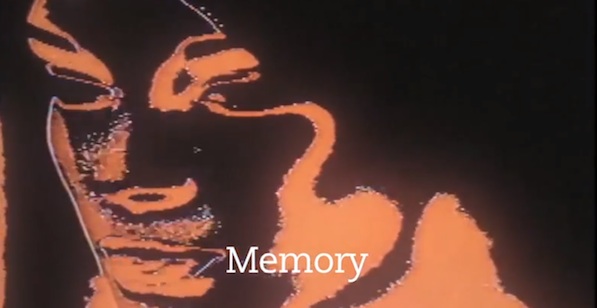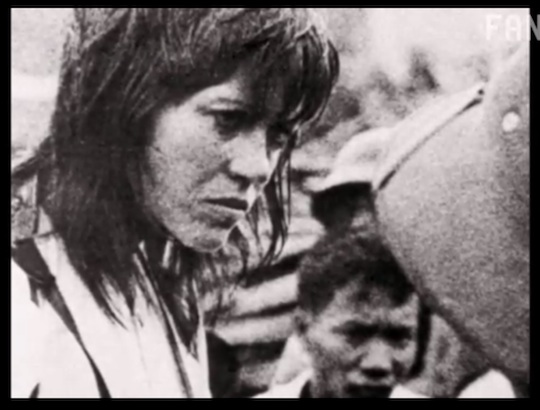Anticipating the BFI’s absolutely essential film series Thought in Action: The Art of the Essay Film, which starts this week and continues throughout August, I spent several weeks reflecting on what the essay film is. This led to a video essay and text published via the BFI’s magazine Sight & Sound that aimed to argue for what true value this as-yet loosely-defined mode of filmmaking could bring to a world that is already drowning in media. Using the video essay to take a polemical stance was a galvanizing experience for me, as it clarified a great deal of my own sense of purpose in being a film critic in a landscape where critical opinions are abundantly available.
But even in articulating a personal philosophy towards media and criticism (and how the essay film combines the two), I still wanted to understand how the essay film works on a more nuts-and-bolts level. A lot of critical and scholarly writing on the essay film seemed to lack much of a formalist appreciation of how the essayistic mode uses sounds, images, words and editing differently than other forms of cinema. The following video essay tries to isolate these elements of the essay film and demonstrate how they work in various combinations:
[iframe width=”560″ height=”315″ src=”//www.youtube.com/embed/8847IUuQW6Q” frameborder=”0″ allowfullscreen]
This video owes much to Patrick Friel, who is one of the Chicago film scene’s most valuable and versatile proponents, having served as editor of Chicago’s Cine-File website, programmer of numerous film programs and venues and lecturer at Columbia College. Patrick had at one point asked if there existed a video essay that could help explain experimental editing techniques for his students; I hope this video might help fulfill that need. Thanks also to Volker Pantenburg, who has written some of the most useful writing I’ve encountered to date on the essay film form, and who has also researched extensively into cinema’s self-analytical properties (and by this I mean not merely a cute, self-reflexive wink, but a critical engagement with the viewer that helps us to understand how movies work, and what are the larger stakes of this critical awareness).
Both Patrick and Volker expressed a preference for the above video over the one that was published on Sight & Sound. For comparison, here is my video essay on essay films for Sight & Sound:
[iframe width=”560″ height=”315″ src=”//www.youtube.com/embed/K1pNDBND7HE” frameborder=”0″ allowfullscreen]
Thanks also to Indiewire’s Sam Adams, who, in one of his first pieces as the newly appointed chief blogger of Criticwire, responded to the Sight & Sound video essay by compiling links to watch all of the featured essay films online. It’s an invaluable resource for those who can’t make it to London for the BFI series and its phenomenal roster of films.
Kevin B. Lee is a filmmaker, critic and video essayist. Follow him on Twitter.





